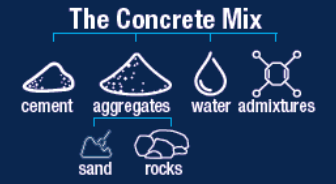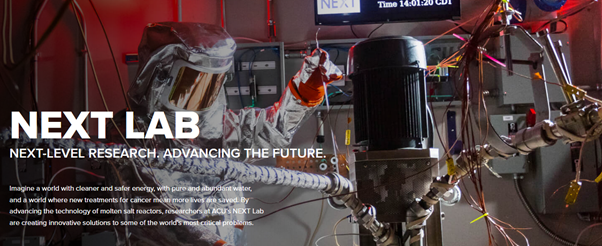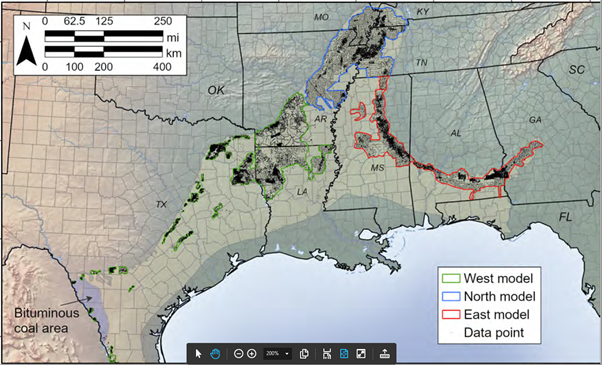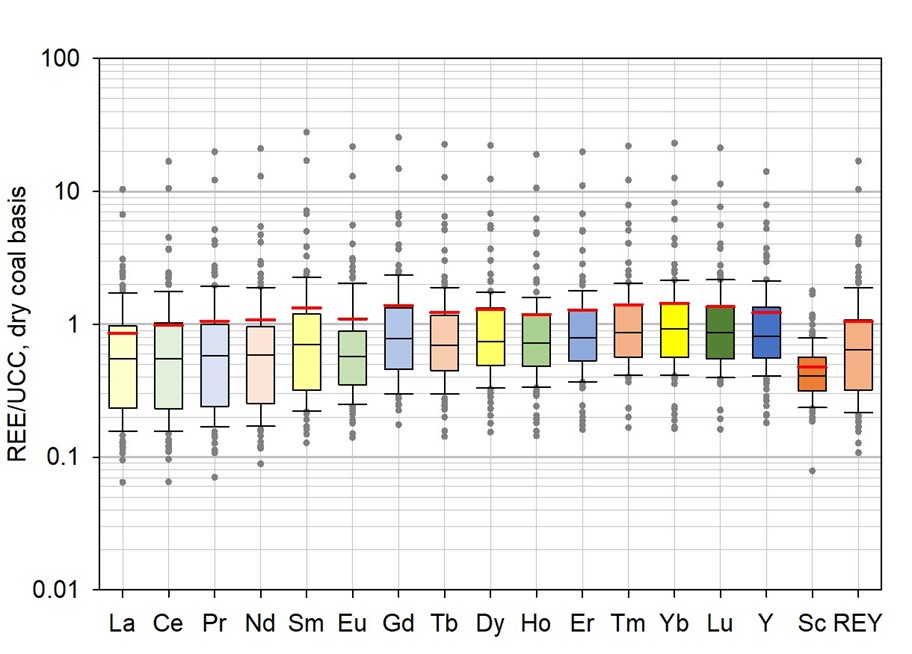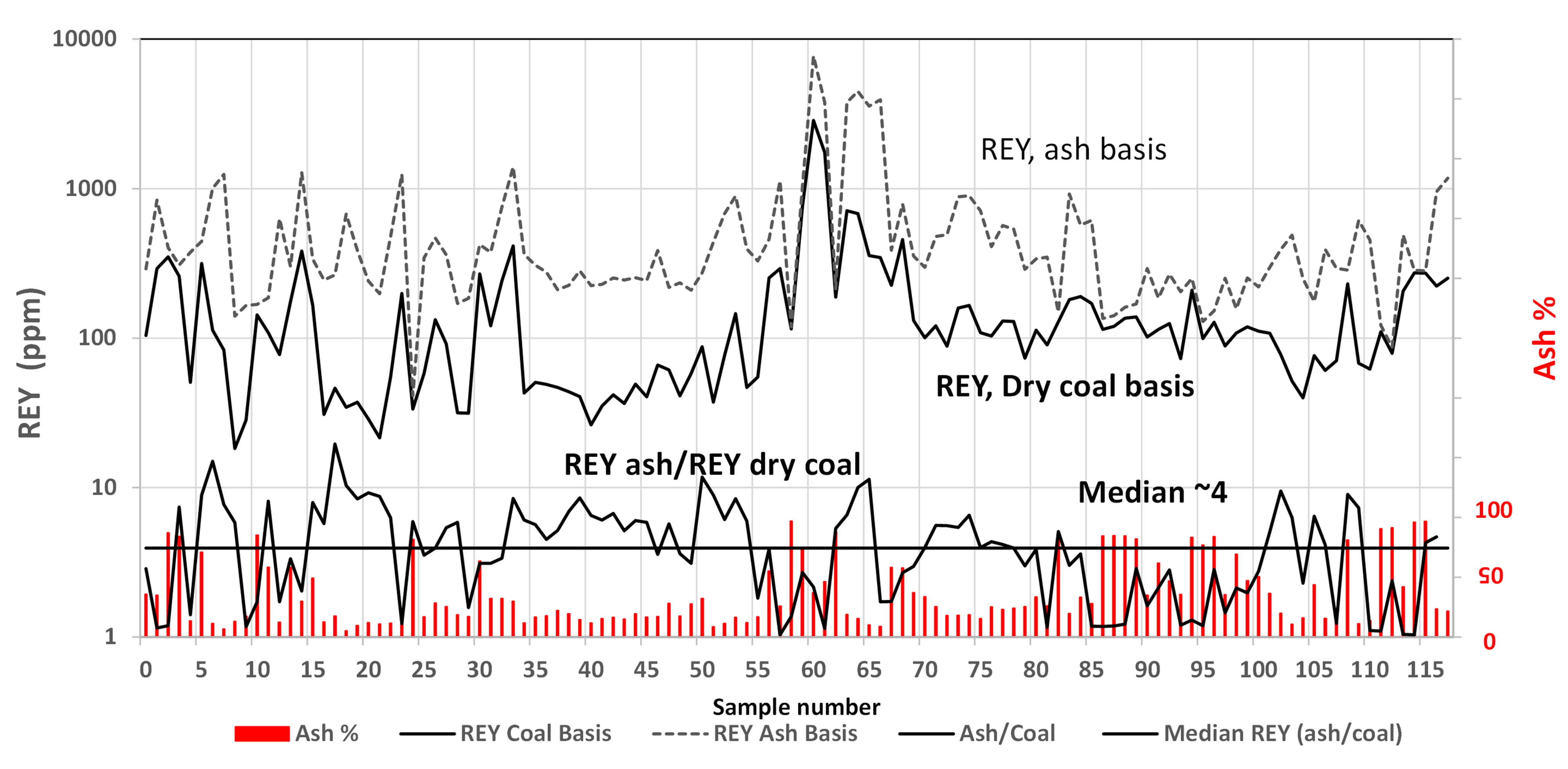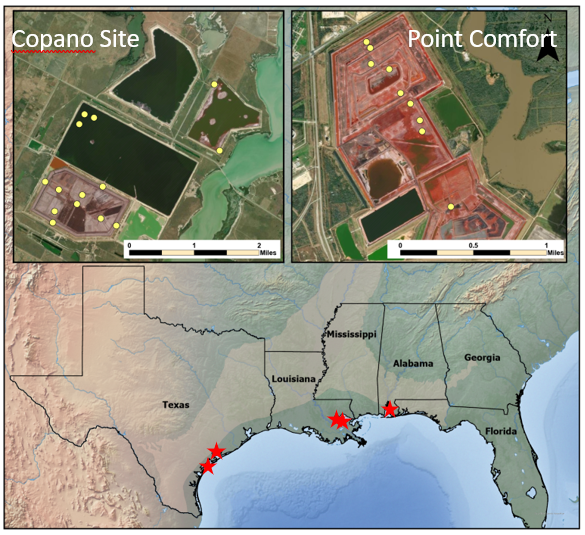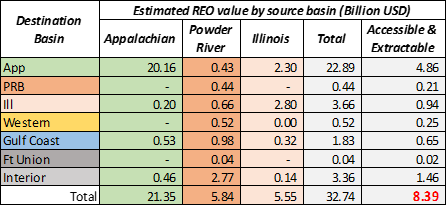Critical Minerals and Rare Earth Elements in Texas
Episode released on November 5, 2025
Episode recorded on August 5, 2025
 Brent Elliott and Julia Gale discuss potential critical minerals in Texas, including those in coal, coal ash, bauxite residue, and heavy mineral sands.
Brent Elliott and Julia Gale discuss potential critical minerals in Texas, including those in coal, coal ash, bauxite residue, and heavy mineral sands.
Brent Elliott and Julia Gale are Research Professors at the Bureau of Economic Geology within the Jackson School of Geosciences at the University of Texas at Austin. Brent is an economic geologist, focusing on resource assessment and mapping of critical minerals and aggregates in coal, coal ash, bauxite residue, and hard rocks.
Julia Gale’s research focuses on natural fractures and hydraulic fracture characterization in shale hydrocarbon reservoirs.
Highlights | Transcript
- Julia Gale is the lead author in an upcoming Bureau of Economic Geology Report of Investigations titled: Economic Mineral Resources of Texas. This report is part of the Texas Imperative which a series of targeted, multidisciplinary studies launched by the Bureau of Economic Geology (BEG) to assess the state's vital natural resources, such as critical minerals, water, and geothermal energy. This initiative aims to provide readily accessible and digestible reports for state leaders, agencies, and industry, thereby informing decision-making and stimulating economic growth for Texas.
- An Arc-GIS portal will be included to allow ready access to maps and databases
- The Report of Investigations includes the following main chapters:
- Major resources in Texas, excluding oil and gas, hydrogen and helium
- Industrial minerals and materials (e.g., sand and gravel aggregates, stone, and salt,
- Critical minerals (including rare earth elements)
- Lithium
- Uranium
- Other mined minerals
- Economic viability
- Socio-economic and socio-environmental impacts
- New exploration, mining, and processing technologies
- New opportunities (e.g., heavy minerals from coastal sands)
- Workforce development
- Major resources in Texas, excluding oil and gas, hydrogen and helium
- Brent Elliott is leading a new project on Texas aggregates, funded by the Texas legislature.
- Lithium resources in Texas are found mainly in the Smackover Formation (Darvari et al., JGE, 2024) and also extend into Arkansas (USGS link).
- Produced water with oil and gas production is also being considered a potential source of Li. However, Li concentrations in the Permian produced water is generally low (~ 15 – 20 ppm) but the volumes of produced water are very high.
- Standard Lithium has sampled Li in brine samples from the Smackover in East Texas, reporting concentrations up to 800 ppm.
- In addition to lithium batteries, lithium fluoride (LiF) is used in molten salt nuclear reactors, along with beryllium (BeF2) and uranium tetra fluoride (UF4) (Fig. 2).
- Abilene Christian University hosts the first molten salt research reactor at the NEXT Lab. Liquid salt is used as the fuel and coolant.
- Increased safety: operates at low pressure and any salt leakage solidifies and contains radioactivity.
- The research reactor at Abilene Christian Univ. is a 1 MW plant for research, including development of medical isotopes.
- A 100 MW molten salt reactor is being considered in the Permian Basin to support desalination and address water scarcity (link).
Coal Ash in the United States
- DOE Carbon Ore, Rare Earth, and Critical Minerals Program: coal ash resources:
- 52 gigatonnes (Gt) of coal burned in the US from 1950 – 2021 (Reedy et al., IJCT, 2023) (Fig. 3a).
- ~ 10% of coal becomes ash on average in the US (5.3 Gt coal ash) (Fig. 3b)
- 6% sub-bituminous coal becomes ash
- 14% lignite becomes ash
- 70% of coal ash in the US is potentially accessible for critical mineral extract (not used onsite or sold) (Fig. 4a).
- REE concentrations vary from 585 ppm (REE + Yttrium) in Appalachia coal ash, 282 ppm (Illinois coal ash), and 330 ppm (Powder River Basin coal ash) (Taggart et al, ES&T, 2016).
The potential value of rare earth oxides from coal from Appalachia, Illinoi, and Powder River (Wyoming) basins is ~ $8.4 billion ((Fig. 4b, Table 1).
Gulf Coast Coal and Coal Ash Resources
- The Gulf Coast contains an estimated 83 Gt of coal in the upper 100 ft (90 m) based on mapping of ~ 30,000 boreholes (Warwick et al., in rev., 2025) (Fig. 5).
- An estimated 40% of the coal resources is in Texas (Fig. 6).
- Coal mining in Texas is all open pit.
- The number of coal mines in Texas peaked in the 1990s with up to ~30 operations; however, most have closed and only six remain active.
- Many of the power plants were constructed at the mouth of the lignite mines; however, most are currently closed.
- North American Coal Company has operating mines in Texas (Sabine mine), Louisiana (Five Forks), and Mississippi (Red Hills and Liberty) (NACC link).
- REE concentrations in coal in the Gulf Coast are similar to those in the upper continental crust, with localized hotspots with up to 2,800 ppm REY in Gibbons Creek mine in Texas (now closed) (Figs. 7, 8; Scanlon et al., IJCT, in press.). Gibbons Creek mine has closed and is reclaimed.
- When you burn coal you concentrate the REEs in the coal ash. The median concentration of REEs in coal ash is ~ 4× higher in coal ash than coal in the Gulf Coast (Fig. 9).
- Extractability of REEs is much higher from raw coal in the Gulf Coast (~ 63 – 93%) because the REEs are in the organic phase and can be readily extracted with weak environmentally benign acids. The extractability was evaluated by Dr. Nolan Theaker from the Univ. of N Dakota who has worked on similar coals in the Williston Basin in N Dakota.
- There is interest in using coal materials for non-thermal purposes, such as activated carbon (ARQ link). Other potential carbon products include soil amendments and humic acid.
- Reedy estimated that 0.3 Gt of coal ash was produced from burning lignite in the Gulf Coast.
- The estimated value of REOs from coal in the Gulf Coast is $262 billion based on 83 Gt of coal in the upper 100 ft of the subsurface. The value is dominated by REEs used for permanent magnets which accounts for ~80% of the total value of the REOs (Fig. 10, Table 2).
- The estimated value of REOs from coal ash is $1.1 Billion based on REO concentrations in ash, again dominated by REEs used for permanent magnets (Table 2).
- Extracting REEs from coal ash from power plant pits could offset remediation costs and benefit the environment by reducing potential water contamination (surface water and groundwater).
- The existing materials provide a huge benefit relative to developing new mines for REEs.
Bauxite Residue from Alumina Processing
- Alcoa has two sites in Texas near Copano and Point Comfort (Fig. 11). There are also similar sites in Louisiana (Grammercy and Burnside).
- Alumina is extracted using the Bayer process by adding NaOH to the bauxite. For each tonne of bauxite there is ~ 1 to 1.5 tonnes of bauxite residue (red mud) produced.
- The bauxite is imported from Jamaica and Brazil.
- The average concentration of REEs is ~ 2000 ppm at the Copano site, ~ 10 times the upper crustal concentrations.
- Element USA is developing approaches to manage the bauxite residue from the Grammercy site, as discussed in the podcast with Chris Young.
Heavy Mineral Sands in Texas
- Industrial sands have been used to provide sand for hydraulic fracturing. These sand operations were originally located in Wisconsin (Northern White Sands), then were sourced from Central Texas, (e.g., Brady Sands) and more recently from Monahan sands in the Permian Basin.
- Heavy mineral sands provides an opportunity for these sand mines to make additional revenue.
- Heavy mineral sands may contain zircon, monazite, and xenotime that can account for 2% of the total tonnage of material. About 4% of the heavy sands is REEs.
- Sands from Central Texas are sourced from Cambrian division sands on basement rocks in the vicinity of the Llano Uplift.
- Sorting and mechanical filtering of these sands could result in a high potential source of REEs, with estimated 40,000 ppm (4%).
Next Phase of DOE CORE-CM Program
- The next phase of the DOE CORE-CM program in the Gulf Coast will focus on coal and coal ash, produced water, bauxite residue, heavy mineral sands, zeolite, and graphite.
- The total budget is ~ $7.5 million
- Brent Elliott is the lead from the UT Bureau of Economic Geology with collaborators from Texas Tech Univ. (Mahdi Malmali), Univ. of Alabama (Rhona Donahue), and others.
Workforce Development
The Jackson School recently hired two professors to focus on critical minerals (Marek Locmelis and Daniel Alessi).
They will be training students.
Element USA is also hiring students from UT Austin to enhance workforce development.
